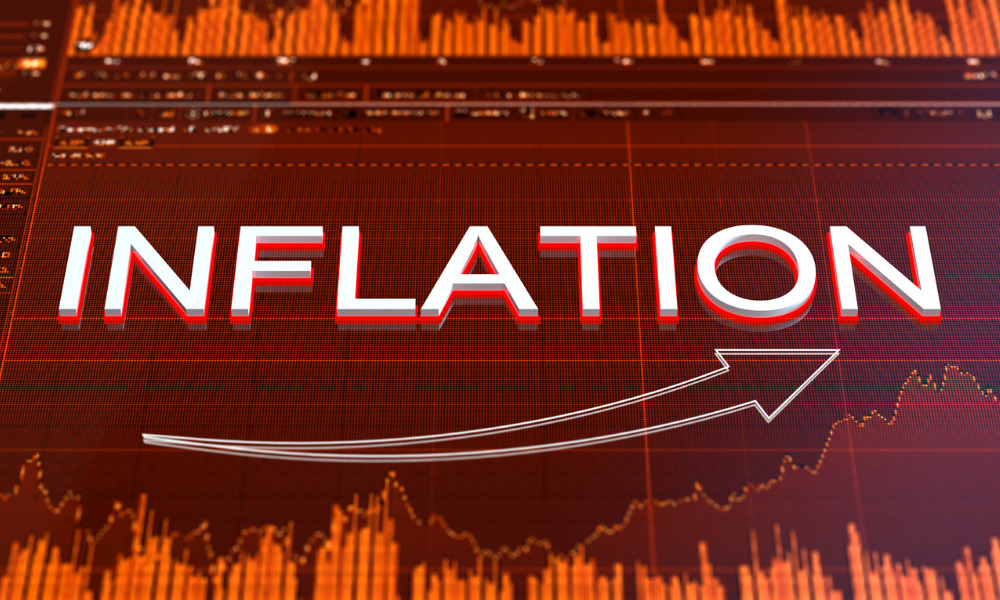

Investors have been too quick to dismiss the threat posed by inflation after a “miraculous” decline toward central bank targets, said Greg Peters, co-chief investment officer at PGIM Fixed Income.
He’s worried that the hardest part of the fight against inflation is still ahead, implying plenty more market volatility and a potential wake-up call for bondholders betting on deep interest-rate cuts this year.
“I think that’s a byproduct of inflation being perceived to be dead,” Peters said in an interview in London. “And look, it’s been a miraculous disinflationary trend. The question on the table now, at least for me, is this so-called last mile.”
That involves getting inflation down to the 2% goal of the Federal Reserve and European Central Bank. While it’s slid to around 3% on both sides of the Atlantic, PGIM Fixed Income expects US inflation to remain above target through the middle of 2024. Readings persistently above that will limit the ability to ease aggressively, a fact that’s “kind of lost on the market,” Peters said.
PGIM Fixed Income, which manages assets of $794 billion, doesn’t expect this to lead to a big bond selloff, but just isn’t betting on a huge rally either. Peters sees 3.5%-4.5% as the “right range” for US Treasuries. The US 10-year yield is trading just above 4%, a percentage point below a peak hit in October.
“The tendency will be for rates to remain kind of where we are broadly,” said Peters, who previously headed Morgan Stanley’s bond research and worked at the US Treasury. “We’re long term investors so if things do blow out and we have a strong view, then we’ll add, but it’s not a market to trade.”
By contrast swaps tied to central bank meetings imply about 140 basis points of rate cuts from both the Fed and the ECB this year. The market’s optimism chimes with the view of Fed economist David Rapach, who argued this month that there’s little compelling evidence the last mile of disinflation is more arduous than the rest. He added such a notion could result in a policy error.
Still, PGIM points to core inflation than remains stubbornly high in both the US and Europe, as well as fresh concerns over shipping disruptions given the Middle Eastern conflict. Inflation in Spain, the first major euro area economy to publish data for January, unexpectedly rose on Tuesday. French and German figures are due later Wednesday.
Policymakers are also alert to the risk of easing too soon given the perception they were far too slow to hike. Peters warned of the same issue back in October 2022, just when bond markets moved to bet on a pivot to rate cuts.
The Fed’s reaction to a US banking crisis some months later, last March, was “highly instructive,” he said. Bonds rallied hard as traders — accustomed to years of central bank support — assumed financial stability would take precedence over fighting inflation, and amped up bets on rate cuts. In fact, the Fed went on to hike the same month, using other tools to support the economy.
“The muscle memory is, I think, why you see instantaneous rate cuts at any wobble,” he said. “We’re coming out of this period of abnormality where everything was suppressed by central banks. Today we’re in a very different environment.”

Relationships are key to our business but advisors are often slow to engage in specific activities designed to foster them.

Whichever path you go down, act now while you're still in control.

Pro-bitcoin professionals, however, say the cryptocurrency has ushered in change.

“LPL has evolved significantly over the last decade and still wants to scale up,” says one industry executive.

Survey findings from the Nationwide Retirement Institute offers pearls of planning wisdom from 60- to 65-year-olds, as well as insights into concerns.
Streamline your outreach with Aidentified's AI-driven solutions
This season’s market volatility: Positioning for rate relief, income growth and the AI rebound
